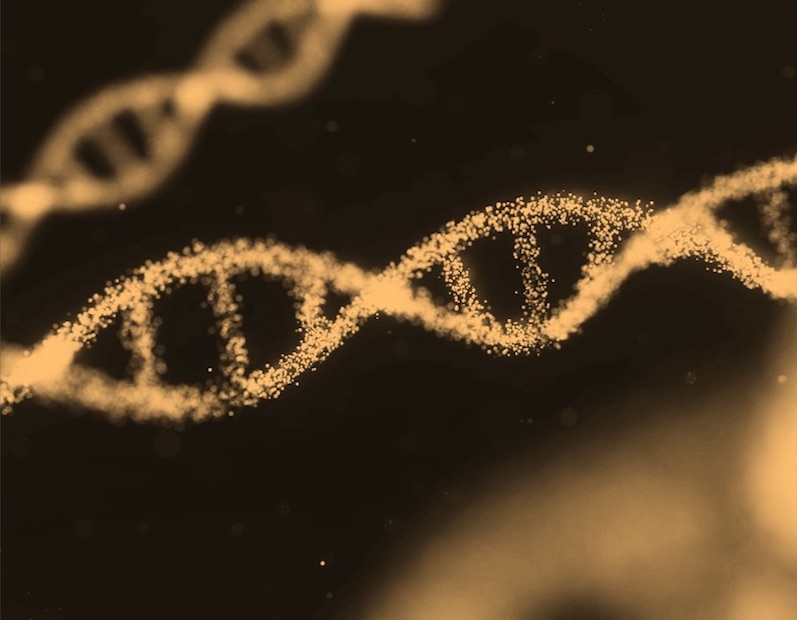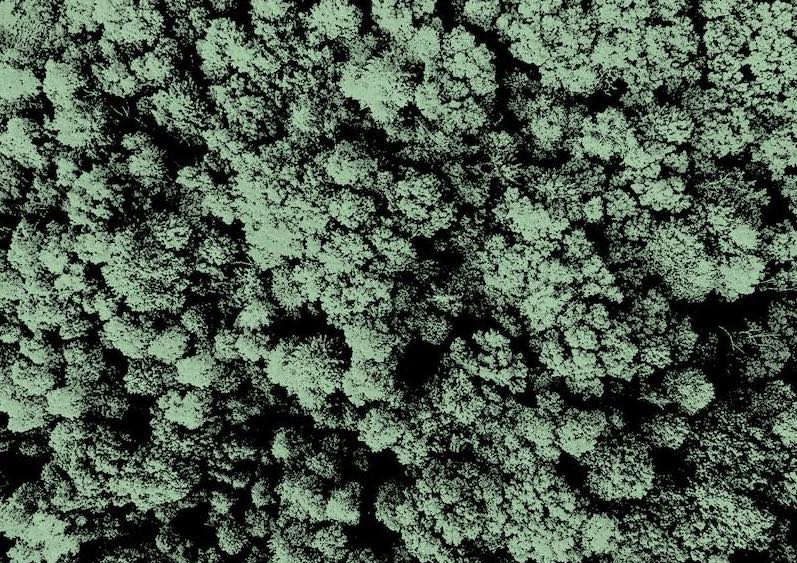What is it about?
A Study in Dissected Cadavers in Anatomy Department of a Teaching Hospital of India 23
Featured Image

Photo by Mufid Majnun on Unsplash
Why is it important?
Introduction: The spleen is a large lymphoid organ situated mainly in left hypochondrium wedged between the fundus of stomach and the diaphragm. The spleen serves a large number of functions in humans starting from fetal life & continuing till adulthood. It is the site for manufacture of erythrocytes in fetus & takes up the immunological function in adult life. A large number of variations are observed in the morphology of spleen like different shapes, sizes, notches in the inferior border, accessory spleens etc. In present day medical practice,the stress is on non- invasive procedures& imaging techniques for various diagnosis and treatment. So, a thorough knowledge of the anatomy & variations observed in splenic morphology becomes very important. Materials & Methods: A total of 36 spleens of both sexes which were obtained during routine dissection classes of undergraduate MBBS students were included in this study. These spleens were removed from the cadavers by standard dissection method. Observations & Results: In our study, five different shapes of spleen were observed. Among them the commonest was wedge shaped (41.66%) and the least common was irregular shape (5.55%). The average length of spleen found is 10.152 cm, breadth is 6.014 cm & thickness is 3.236 cm. The average weight of our spleen in our study was 156.01 gms. One case of accessory spleen was seen in this study. Conclusion: Study and documentation of these variations is important for surgeons and radiologists who are going for surgeries and imaging studies.
Perspectives
Introduction: The spleen is a large lymphoid organ situated mainly in left hypochondrium wedged between the fundus of stomach and the diaphragm. The spleen serves a large number of functions in humans starting from fetal life & continuing till adulthood. It is the site for manufacture of erythrocytes in fetus & takes up the immunological function in adult life. A large number of variations are observed in the morphology of spleen like different shapes, sizes, notches in the inferior border, accessory spleens etc. In present day medical practice,the stress is on non- invasive procedures& imaging techniques for various diagnosis and treatment. So, a thorough knowledge of the anatomy & variations observed in splenic morphology becomes very important. Materials & Methods: A total of 36 spleens of both sexes which were obtained during routine dissection classes of undergraduate MBBS students were included in this study. These spleens were removed from the cadavers by standard dissection method. Observations & Results: In our study, five different shapes of spleen were observed. Among them the commonest was wedge shaped (41.66%) and the least common was irregular shape (5.55%). The average length of spleen found is 10.152 cm, breadth is 6.014 cm & thickness is 3.236 cm. The average weight of our spleen in our study was 156.01 gms. One case of accessory spleen was seen in this study. Conclusion: Study and documentation of these variations is important for surgeons and radiologists who are going for surgeries and imaging studies.
Red Flower Publication Publications
Red Flower Publication Pvt Ltd
Read the Original
This page is a summary of: Morphometric Variations in Spleen: A Study in Dissected Cadavers in Anatomy Department of a Teaching Hospital of India 23, Indian Journal of Anatomy, January 2018, Red Flower Publication Private, Ltd.,
DOI: 10.21088/ija.2320.0022.7318.2.
You can read the full text:
Contributors
The following have contributed to this page







